Money is a concept that we all understand but it is difficult to define it in precise terms. This is because it serves many functions and comes in many forms, each of which provides a criterion of money. For this reason, Prof. Walker has defined money as, ”Money is what money does.” Since general acceptability is the fundamental characteristic of money, in simple terms, money can be defined as anything that is generally acceptable by people to exchange for goods and services or in repayment of debts.
One of the traditional definitions of money calls it “a unit of account, a means of payment and a store of value.” Professor Colborne defines money as “a means of valuation and payment; both as a unit of account and a generally acceptable medium of exchange.” These are functional definitions of money because they define money in terms of functions. Some economists define money in legal terms saying that “anything which the state declares to be money is money.”
There are many forms of money. The main forms of money are as follows.
1. Metallic Money: Money made of any metal like gold, silver etc. is called metallic money. It exists in the form of coins. Metallic money has the following two types: a) Full Body Coins: When the face value of a coin is equal to the value of the metal contained in the coin, the coin is called a full body coin. Old-time gold and silver coins are examples of full-sized coins. b) Token Money: When the face value of a coin is more than the value of the metal present in it, it is called token money. All coins in our country are token money.
2. Paper Money: Paper money refers to notes of different value made of paper which are issued by the central bank or government of the country. Paper money can be classified into the following types: a) Representative Money: Representative money is the money which is fully backed by equivalent metal reserves. A bank note holder can easily convert it into metallic form (gold and silver) on demand. b) Convertible Currency: It is the form of currency which can be converted into gold, silver i.e. metal reserves. But all these notes issued by the government are not fully backed by gold. The amount of gold held by the government is a particular proportion of the notes issued. c) Inconvertible Currency/Fiat Currency: Inconvertible or fiat currency is the one which is in our pockets and is used in daily business. The face value of such money is more than the paper value. For example, the paper value of a Rs 100 note is almost zero but its purchasing power is equal to Rs 100. It has this value because it has been declared legal tender by the government. Hence it is generally accepted as a medium of exchange.
3. Bank Money: This is the most modern form of money. This money is also called credit. It includes only the following: a) Cheque: A cheque is an unconditional order by a customer to his bank to pay a certain sum of money to him or to another party. c) Bill of Exchange: A bill of exchange is an order by the issuer to pay a sum of money to the drawer or to another party. c) Draft: A draft is a cheque drawn by a bank on its own branch or the branches of another bank, requesting the drawer to pay a specific sum of money on demand to the person named on it.
4. Legal tender: The money which a person accepts as a means of payment and to repay a debt is called legal tender. All notes and coins issued by the government and the central bank are legal tender. Legal tender is of two types: a) Limited legal tender: The money which can be used as a means of payment up to a certain limit is called limited tender money. b) Unlimited legal tender money: Money that can be used as a means of payment up to any limit or amount. c) Non-legal tender money: Non-legal tender money refers to alternative money that a person may or may not accept as a means of payment. Bank money in the form of cheques, bills of exchange, promissory notes are not legal tender money, so they represent non-legal tender money.
5. Plastic money: Plastic money means credit cards, smart cards. Plastic cards that have a specially printed set of characters. The use of this money has increased recently.
6. Standard money: The standard money is that in which the value of goods as well as all forms of currency are measured. Hence the prices of all goods in India are measured in rupees. Other denominations such as two rupee and ten rupee notes, hundred rupee notes and half rupee coins are expressed in rupees. Thus the rupee is the standard currency of India. It is always an unlimited legal tender currency.
7. Near money: A type of money that can be easily converted into money. This included deposits, government bonds, printed bonds, etc.
8. Fiduciary money: Fiduciary money depends for its value on the belief that it will be generally accepted as a medium of exchange. Unlike fiat money, it has not been declared legal tender by the government, which means that people are not required by law to accept it as a means of payment. Instead, the issuer of fiduciary money promises to give it back in exchange for a commodity or fiat money if requested by the bearer. Examples of fiduciary money include checks, banknotes, or drafts
9. Commodity money: Commodity money is a commodity that has intrinsic value and is used as a medium of exchange. Salt, cattle, gems, pearls, gold, silver, etc. are examples of commodity money.
Read Also:
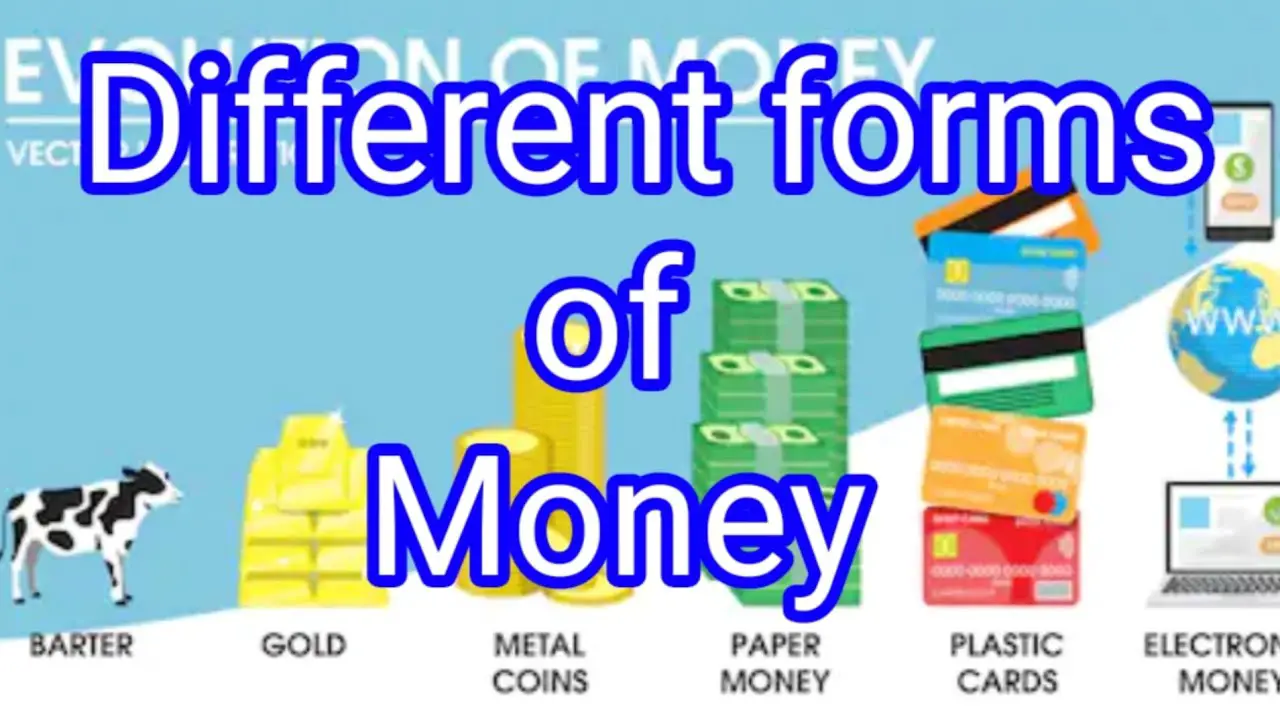

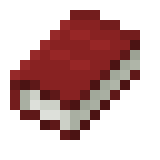
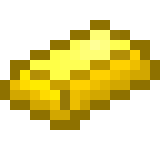
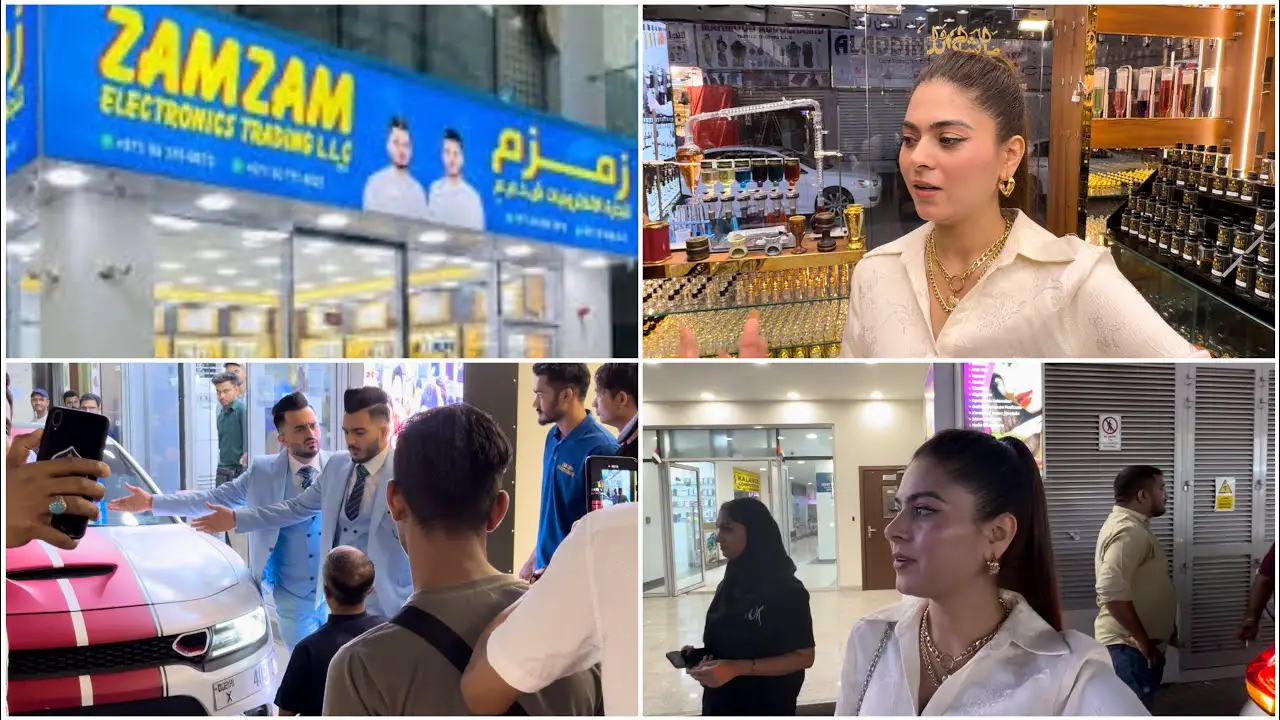
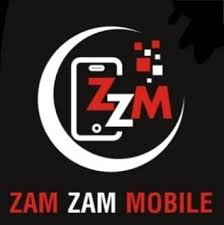
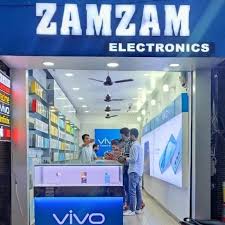

Leave a Reply